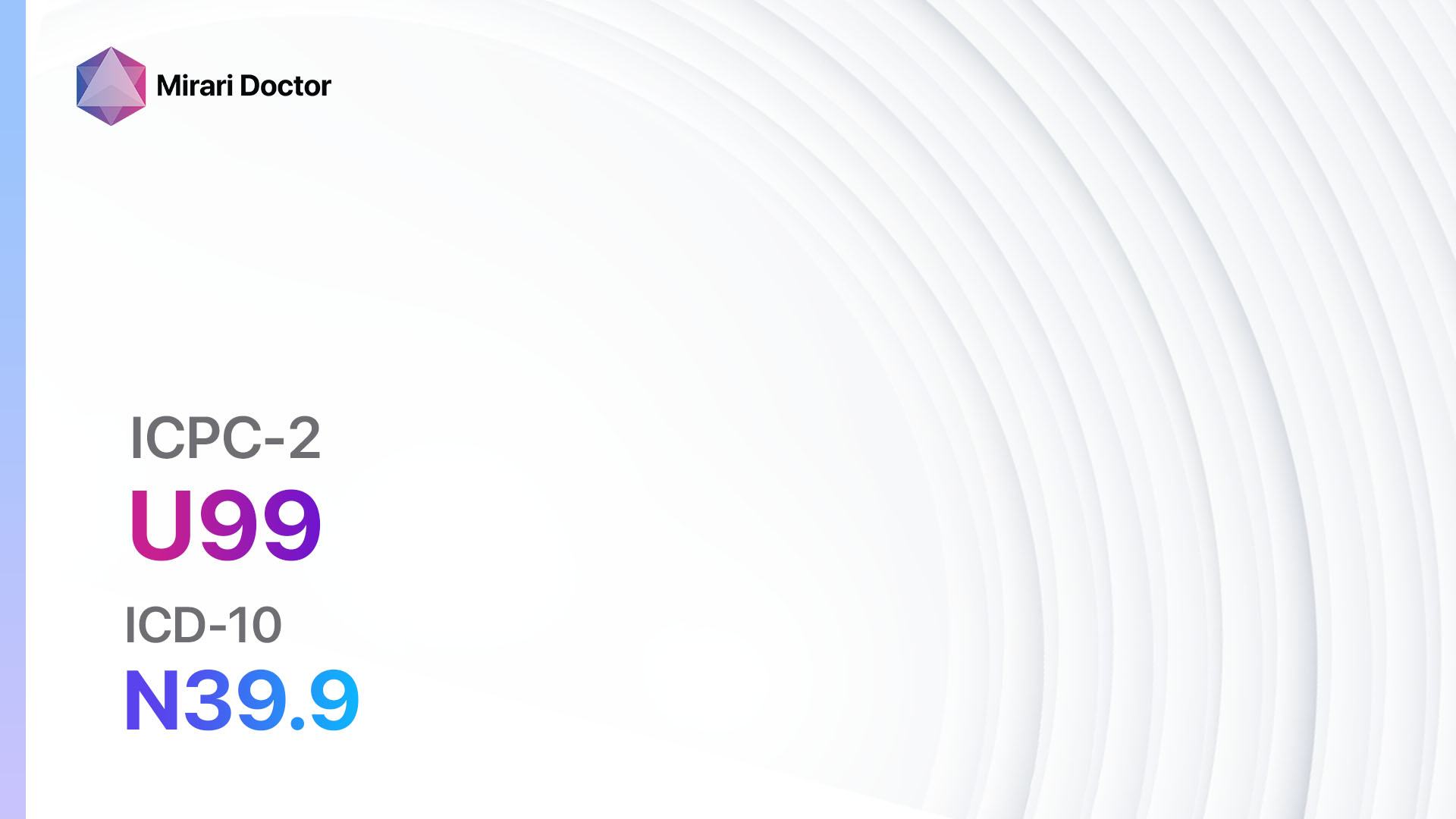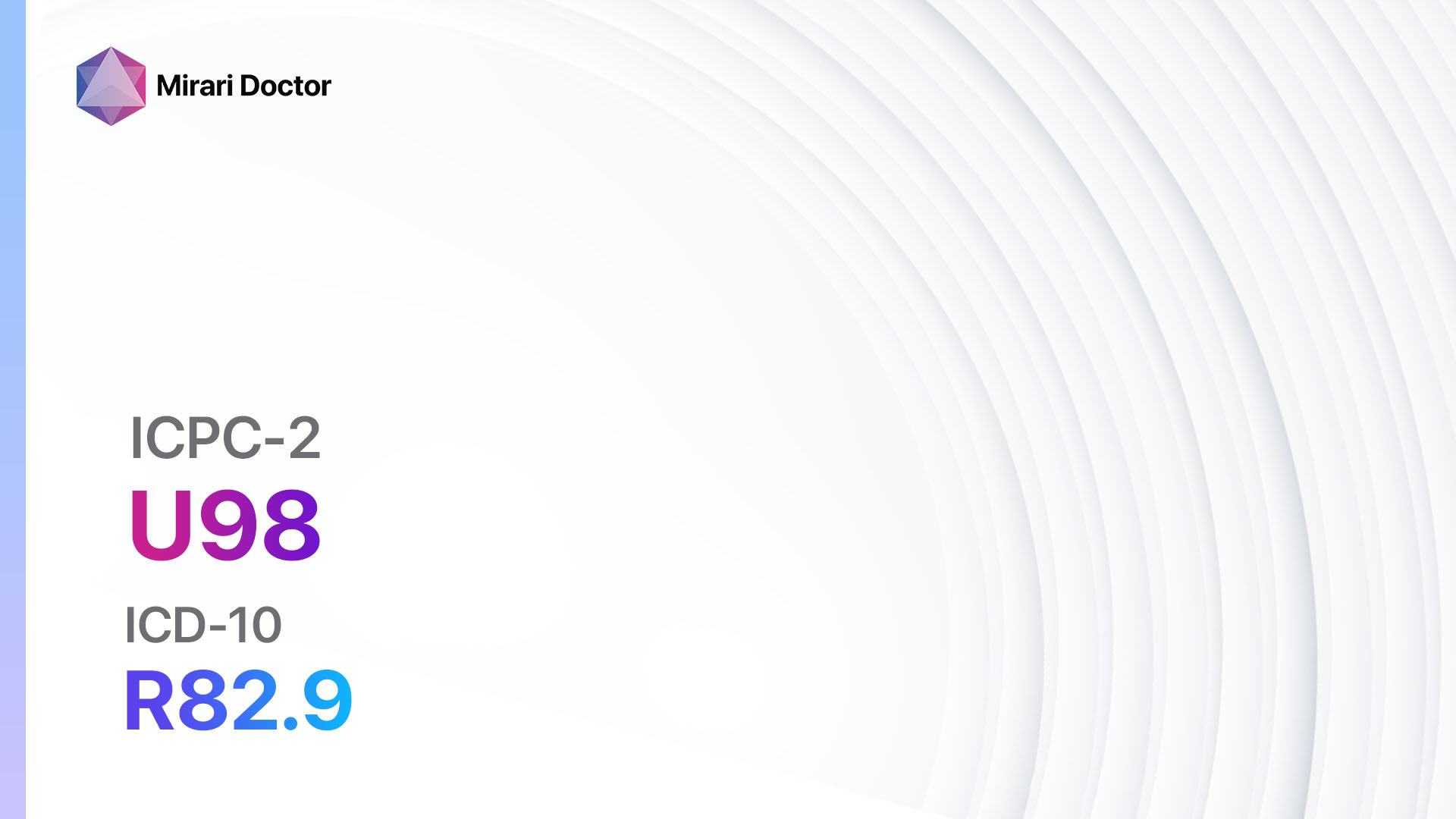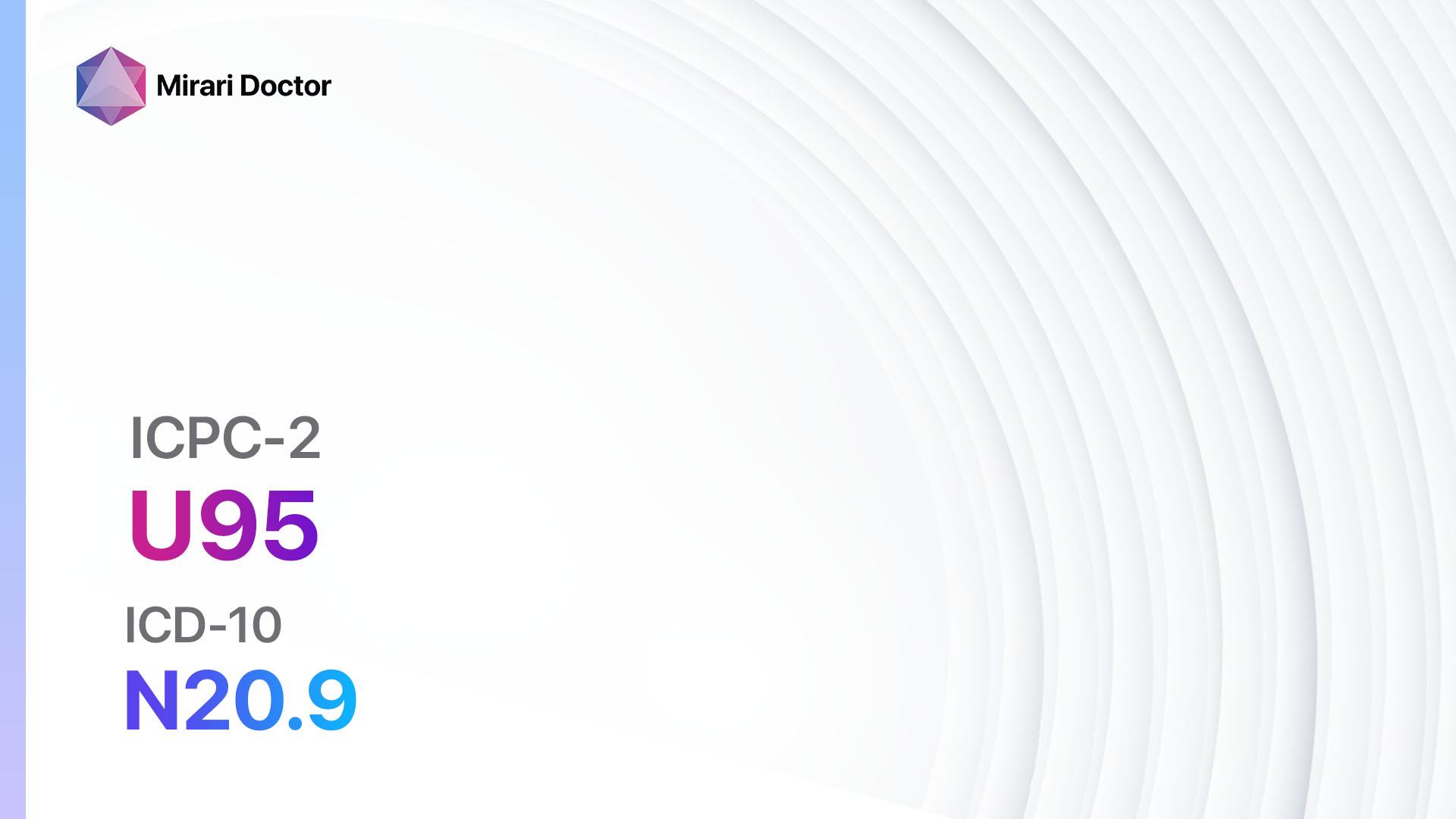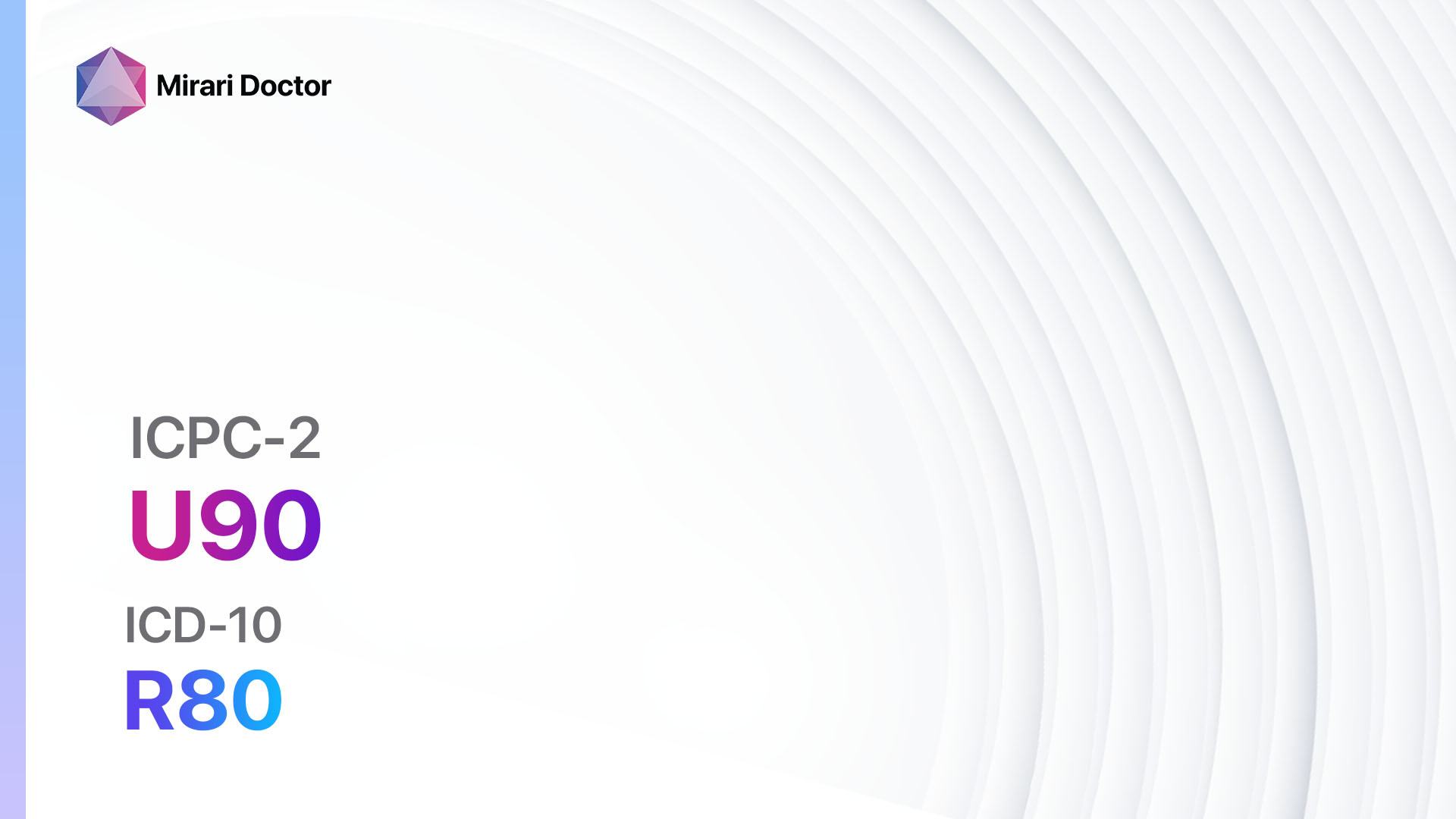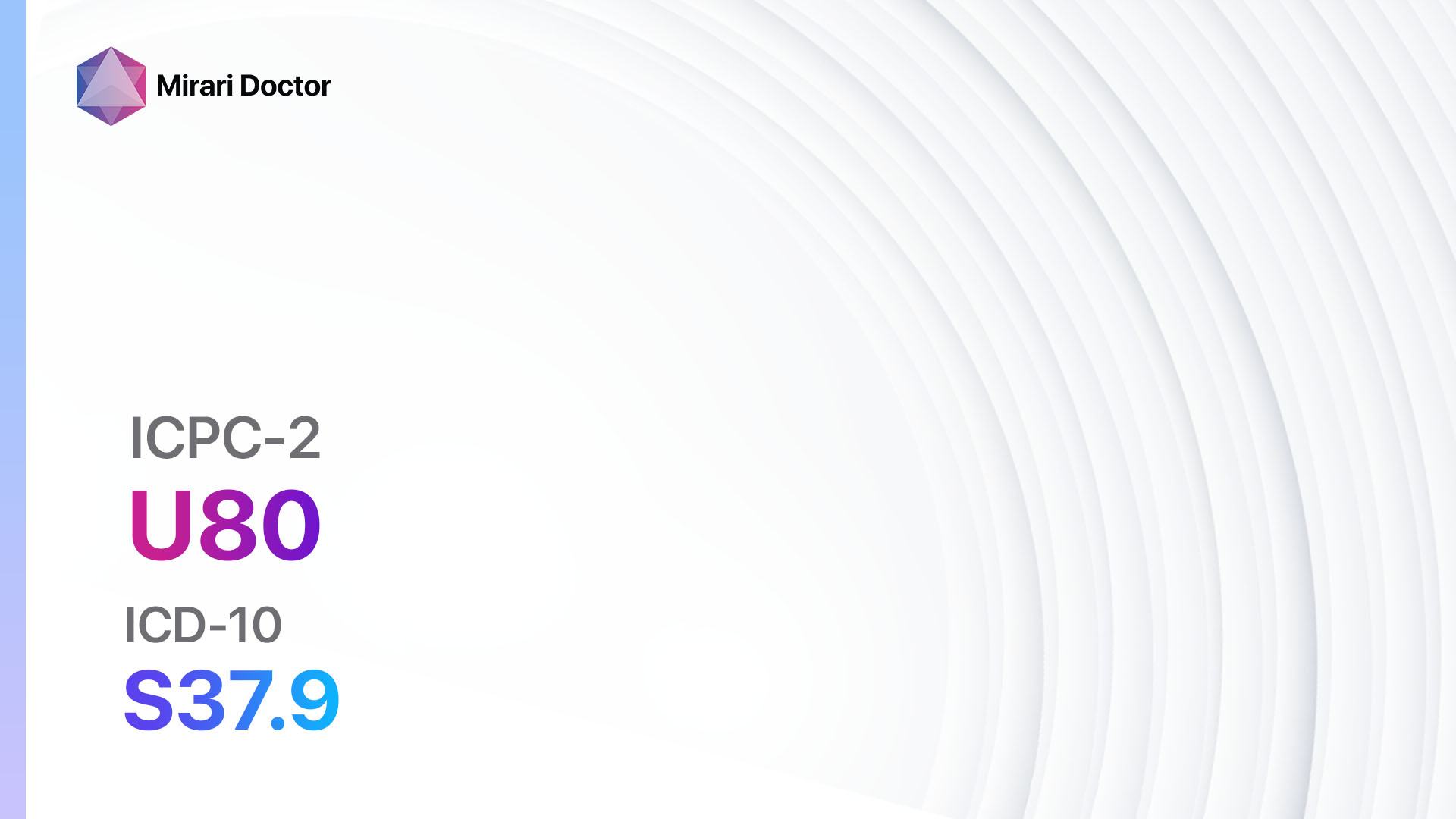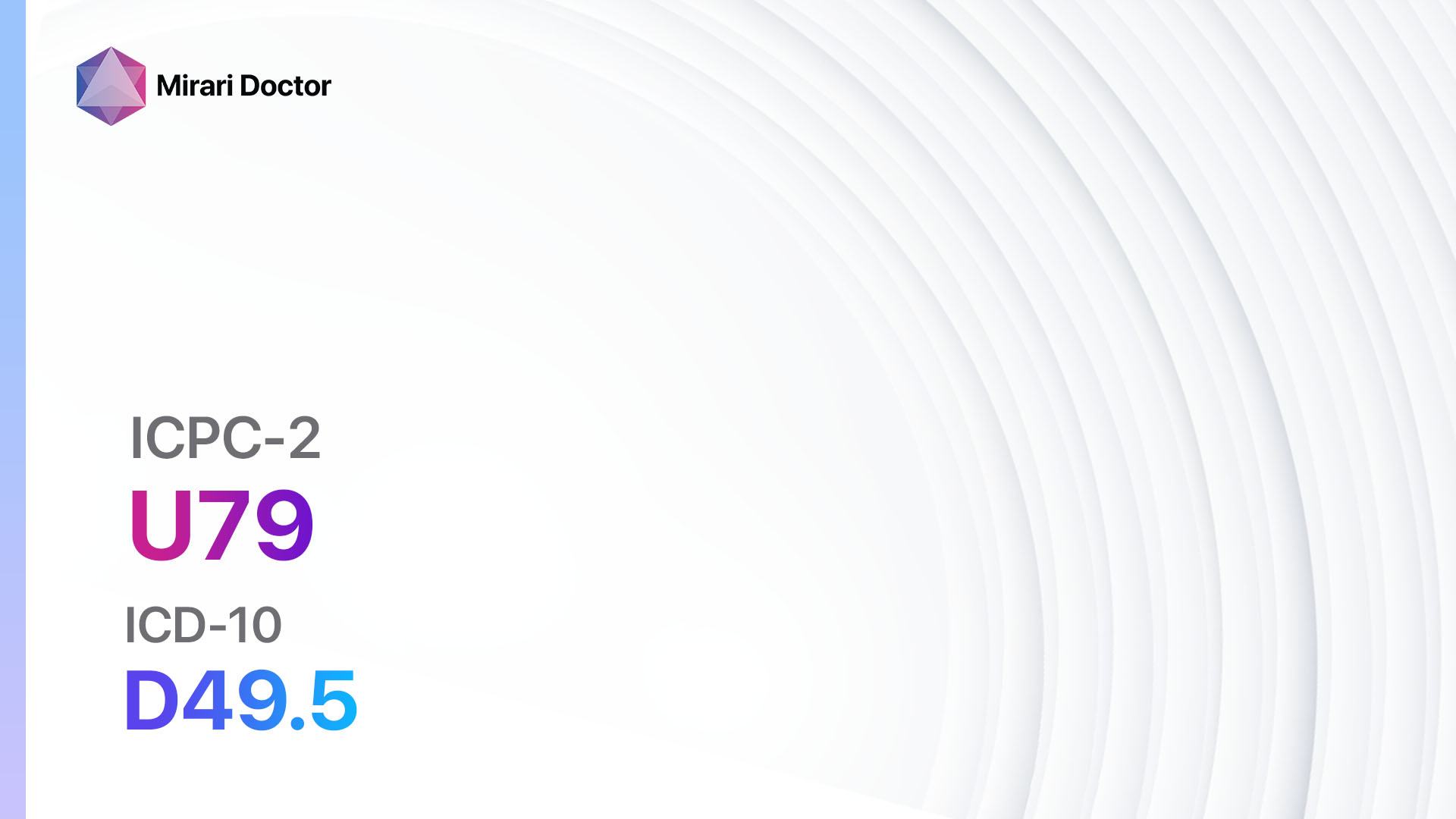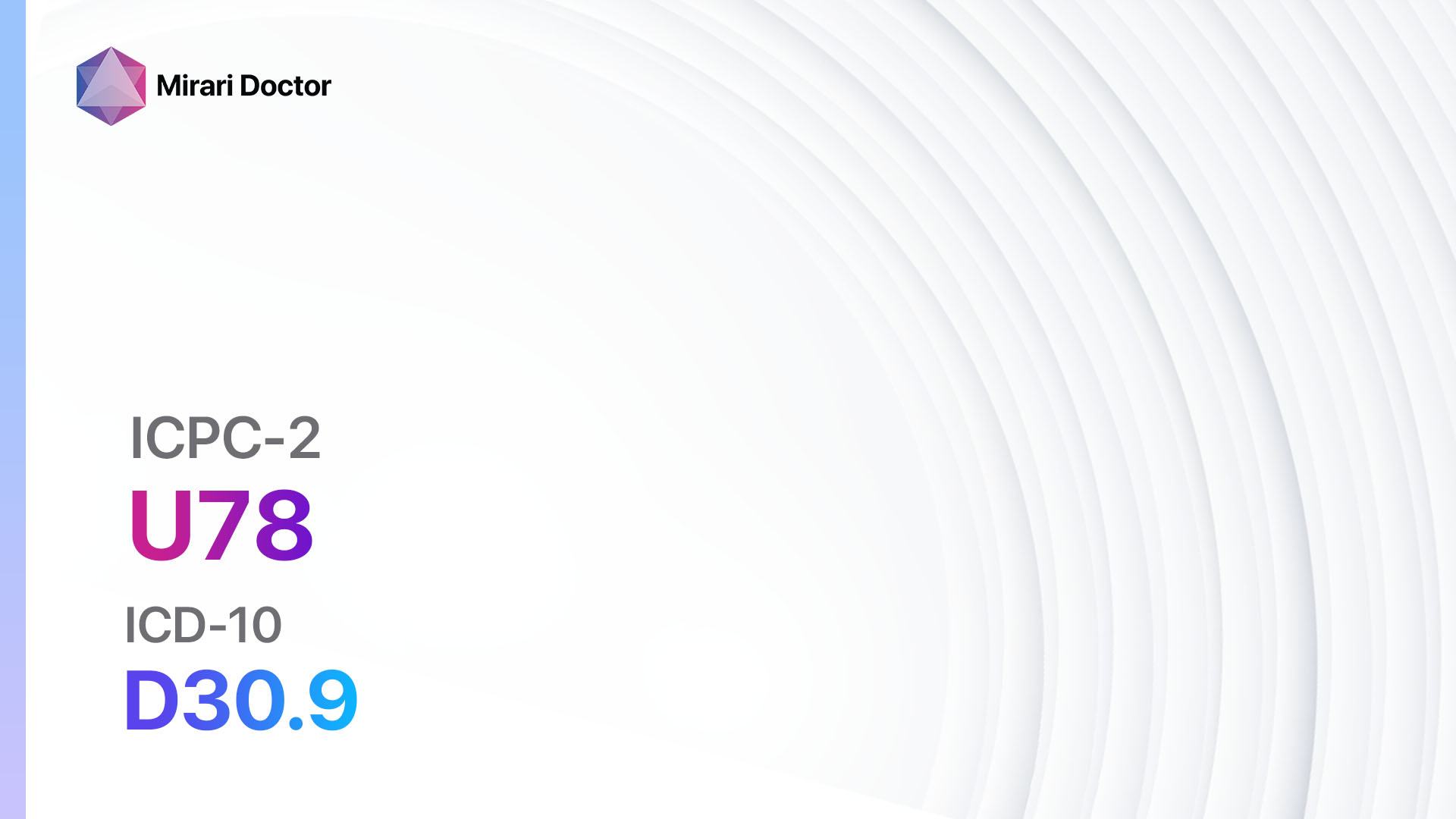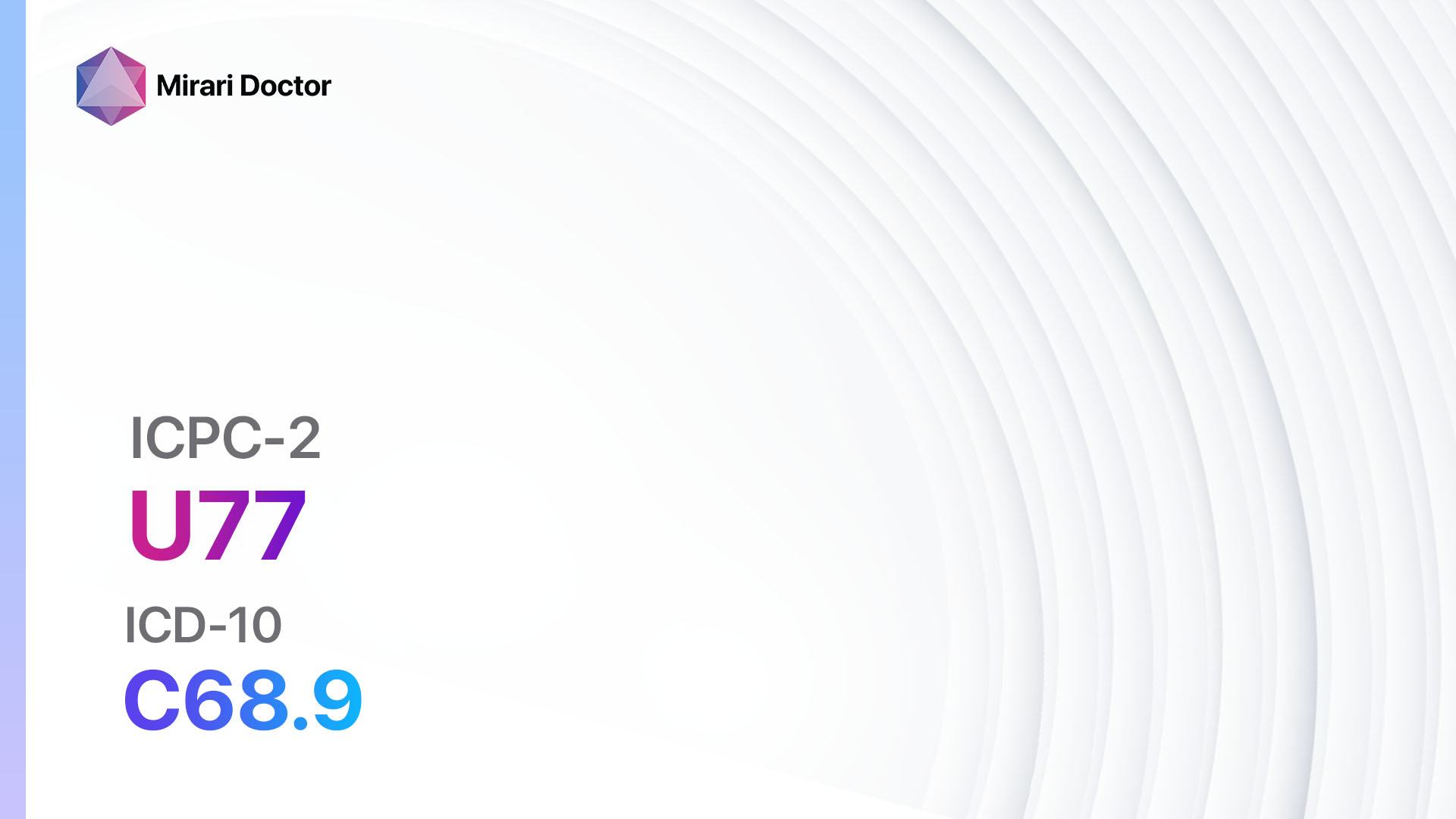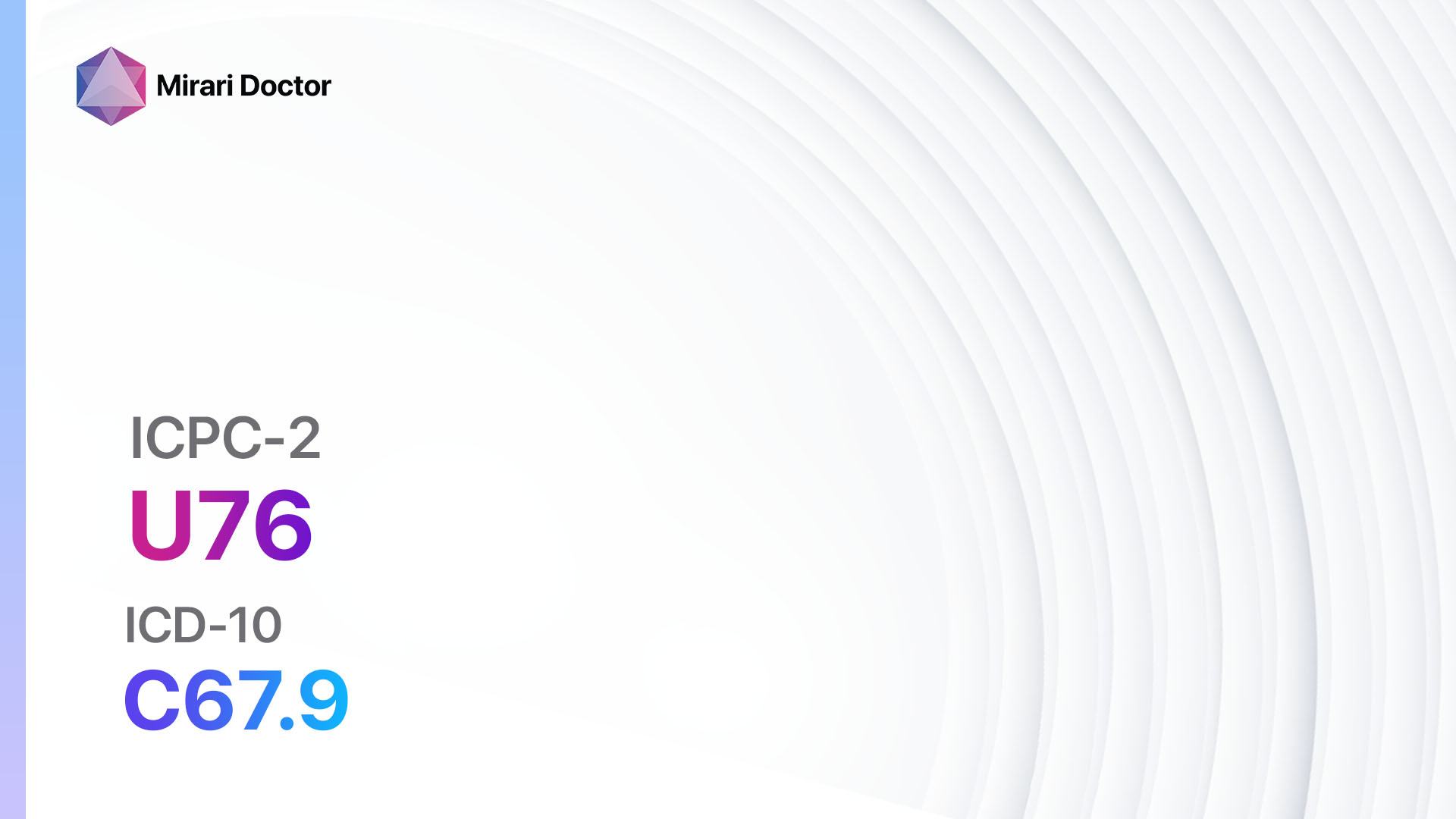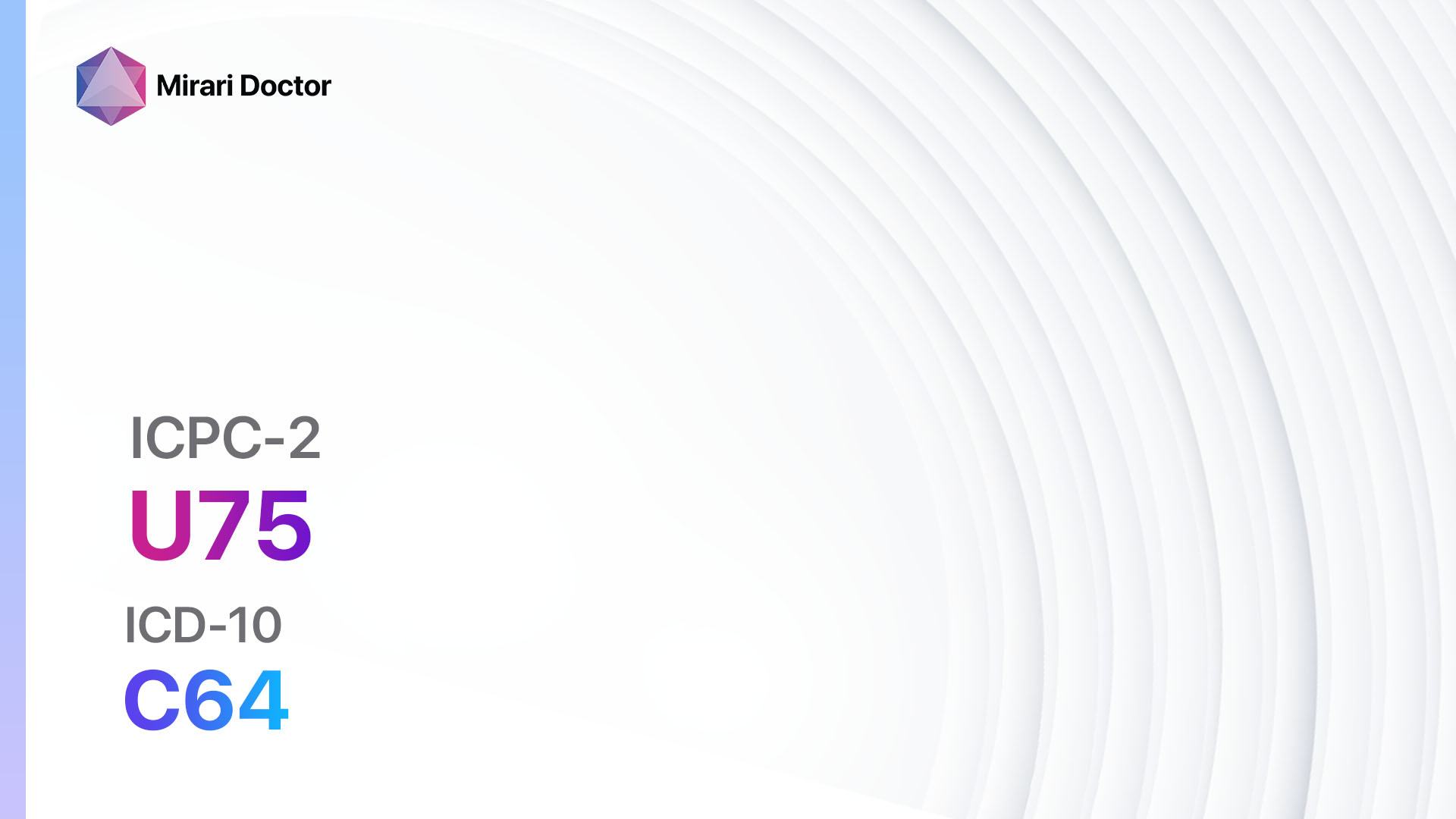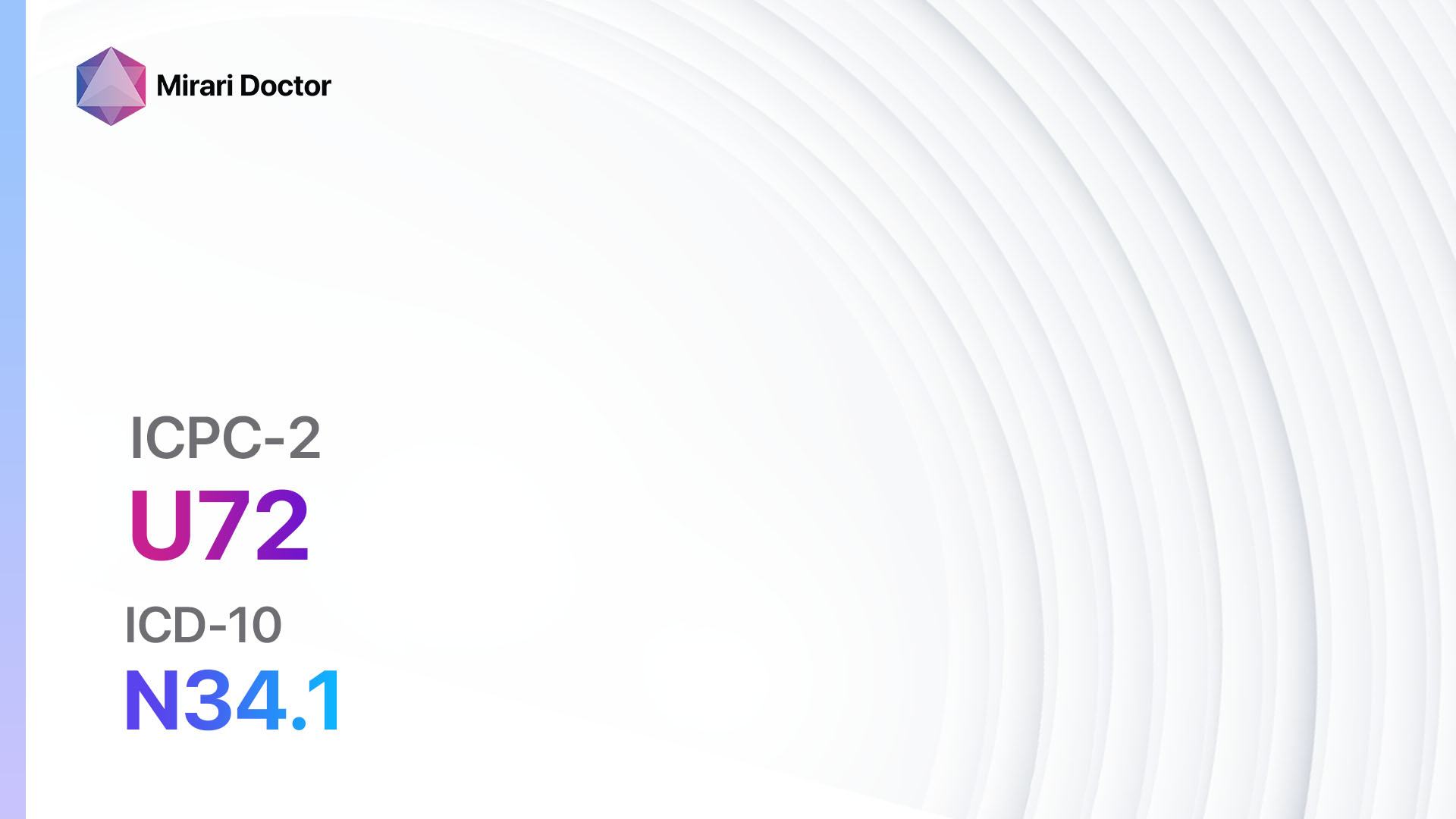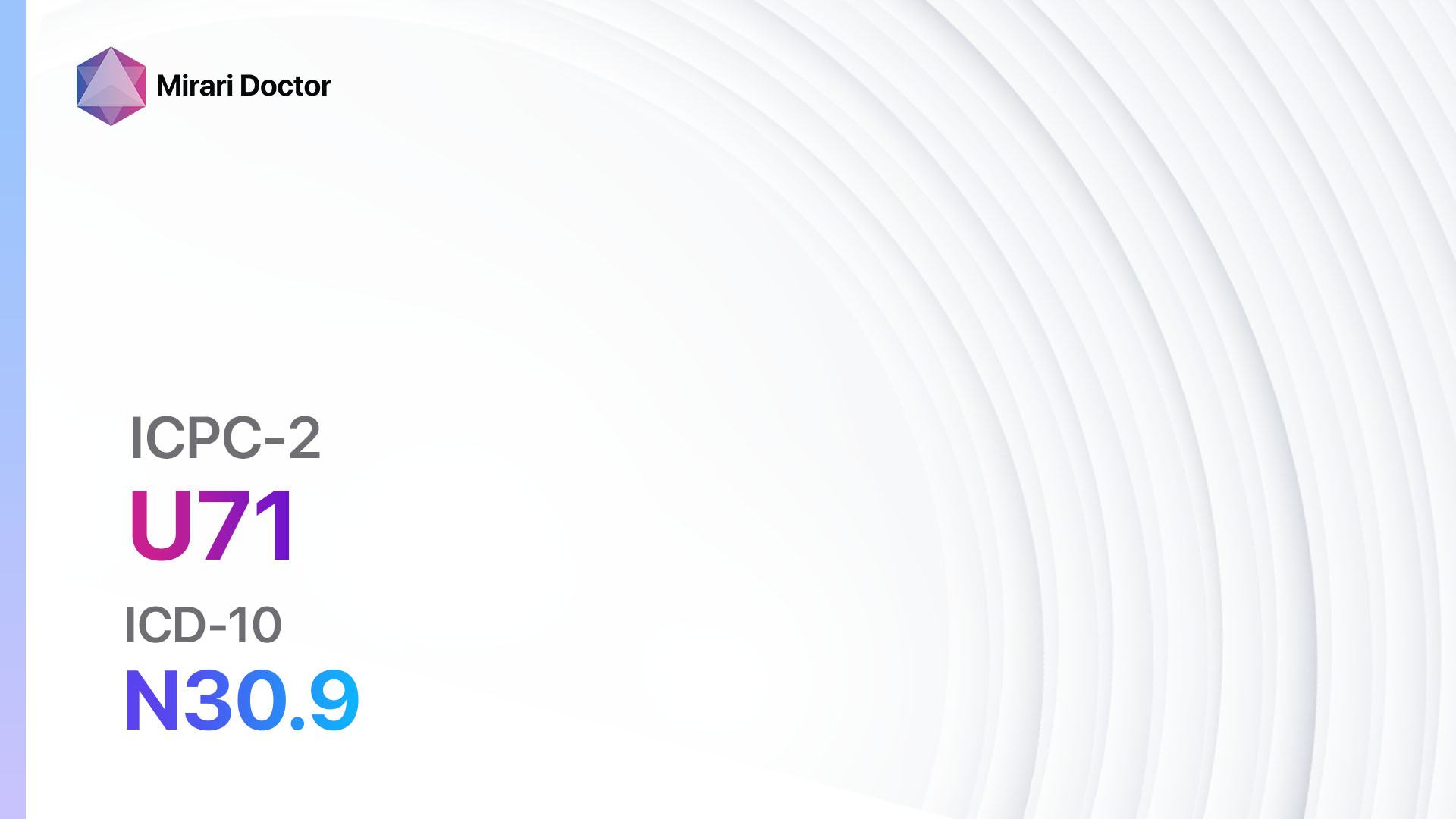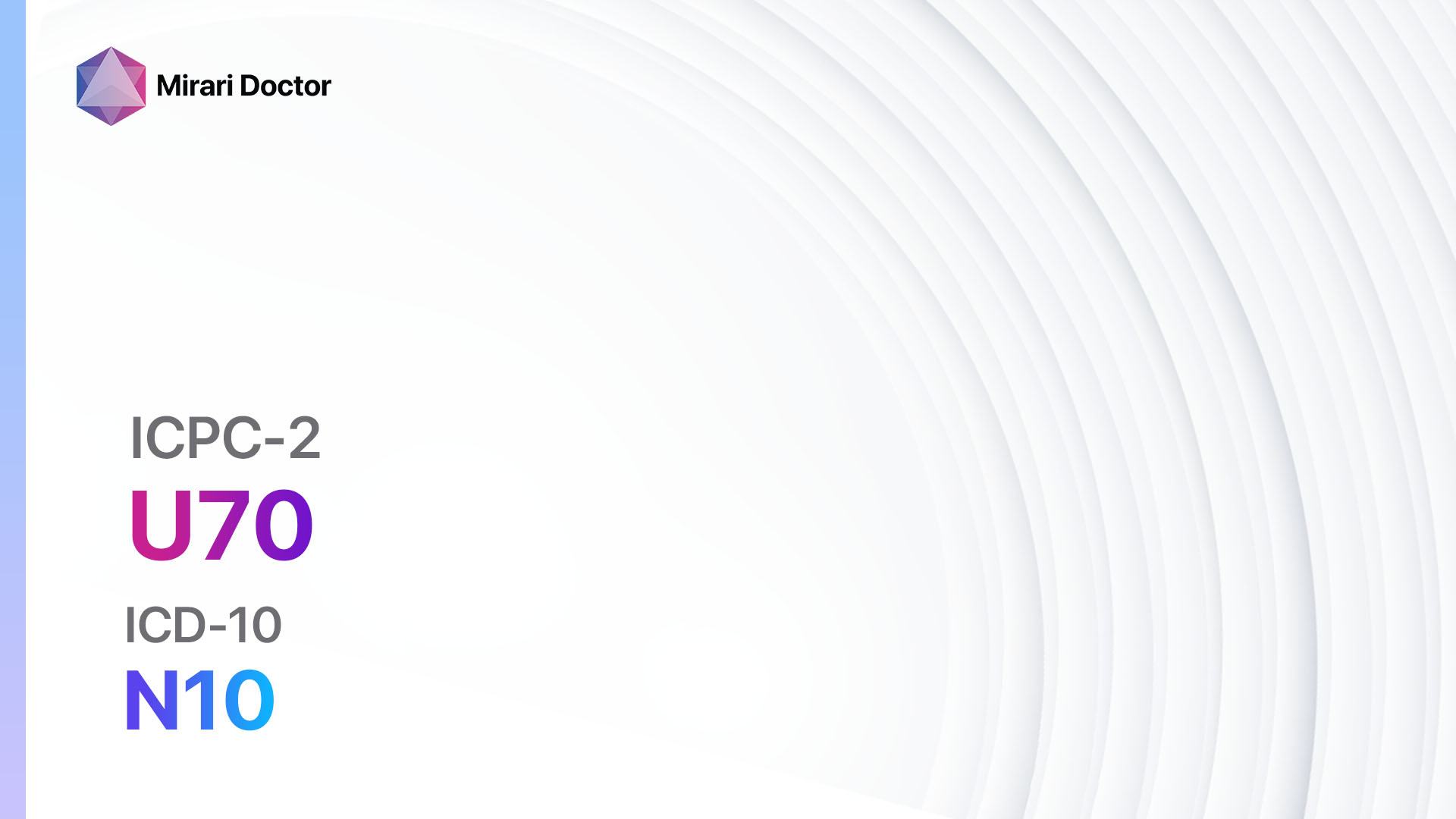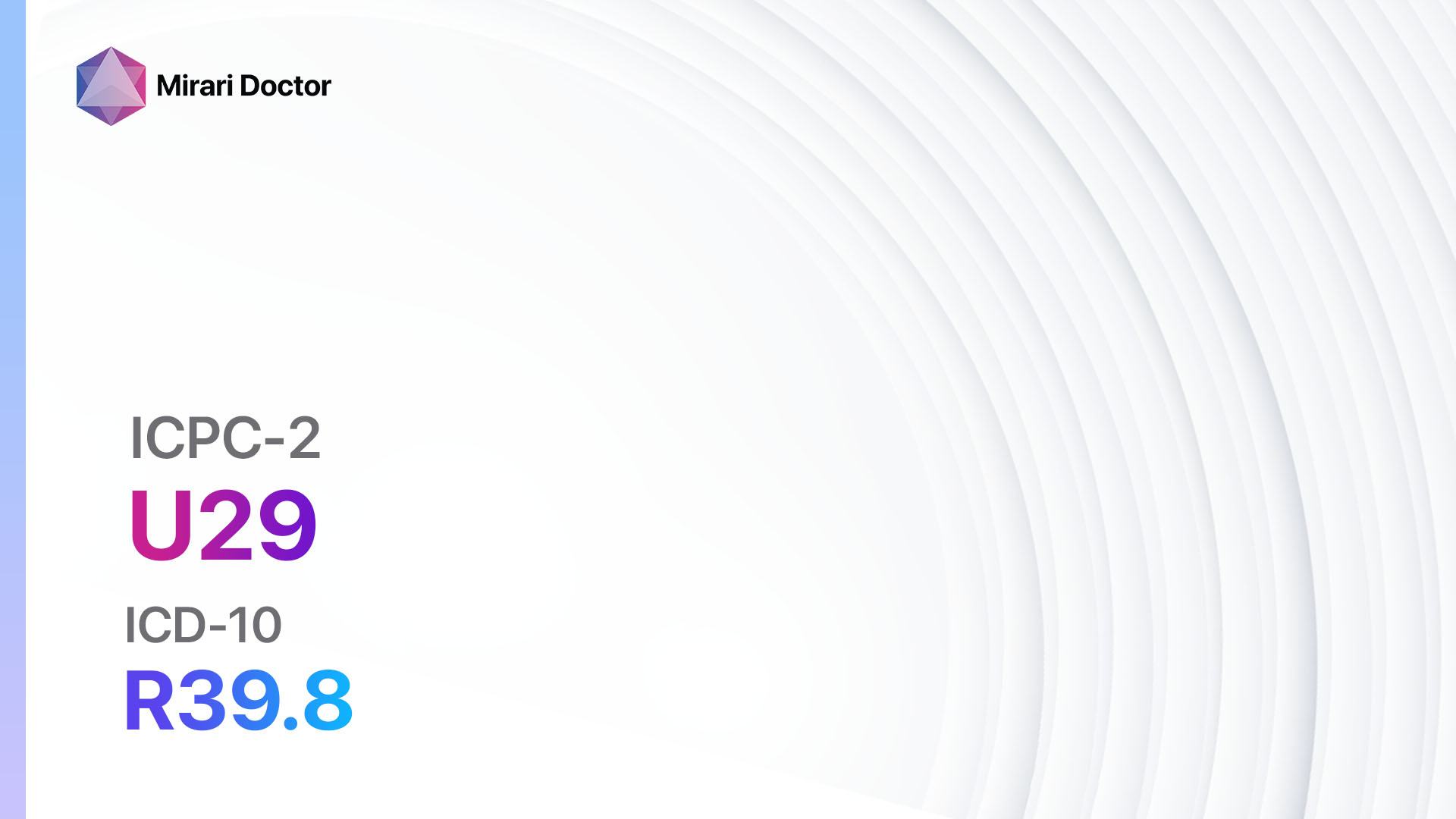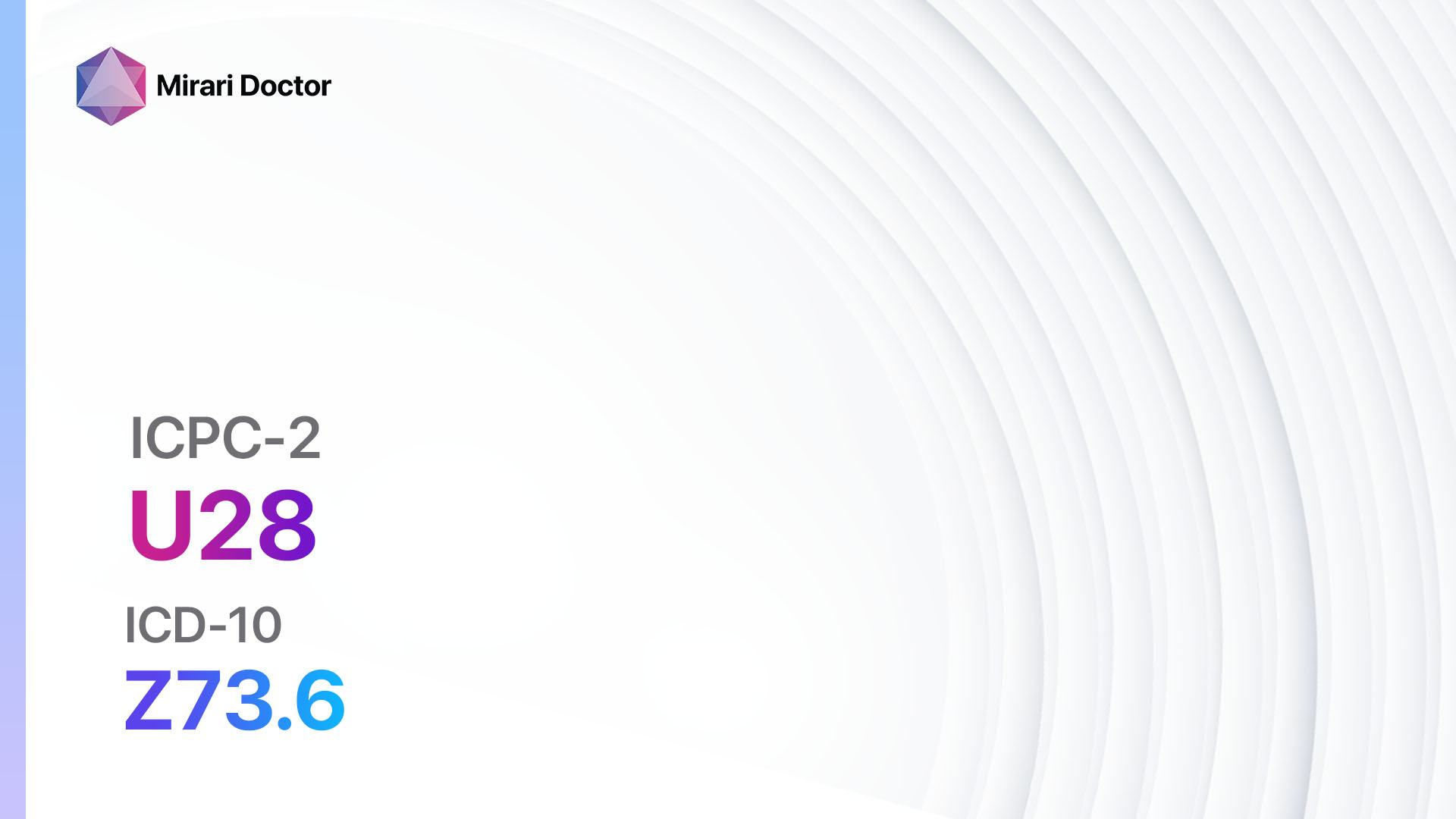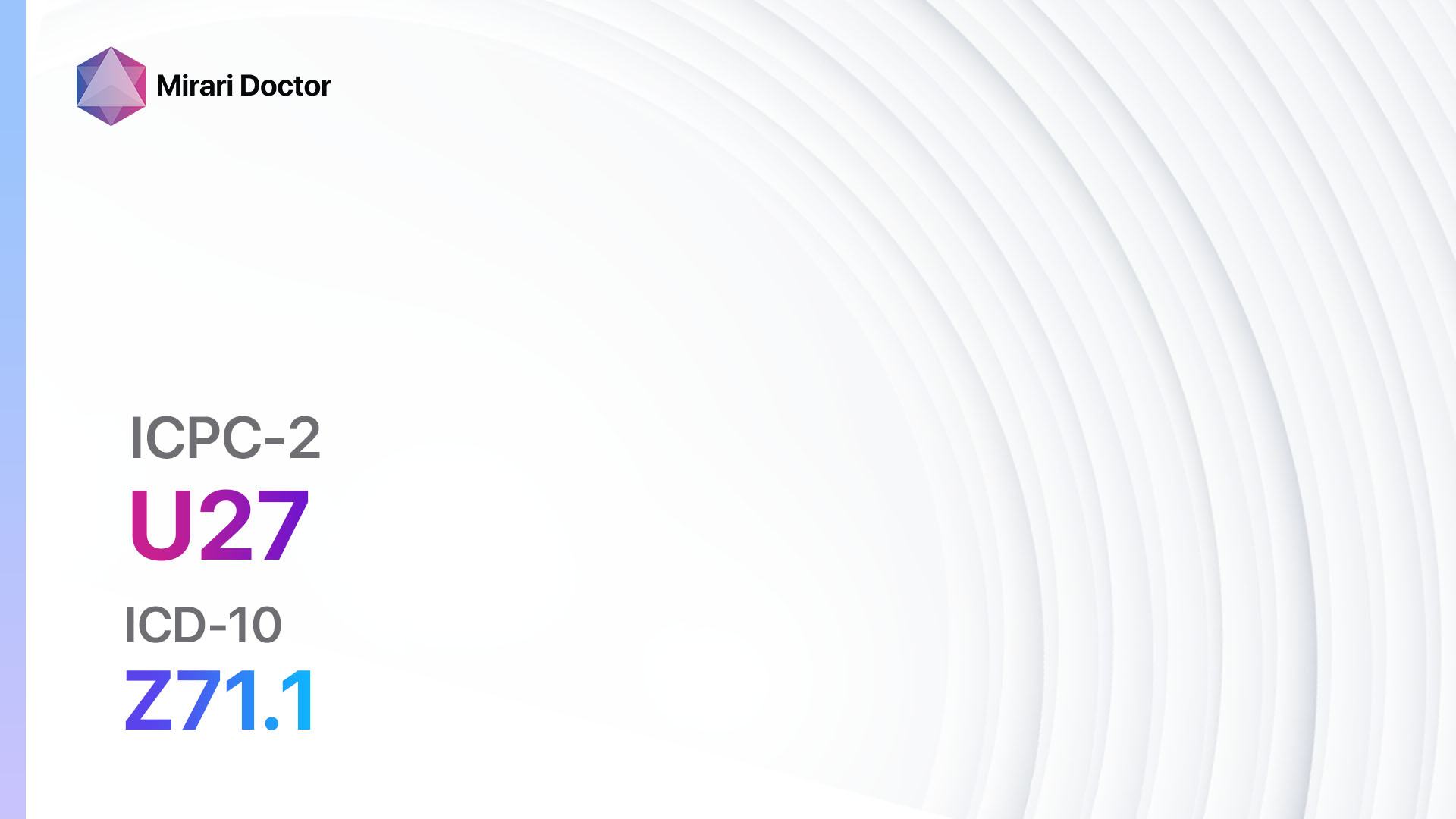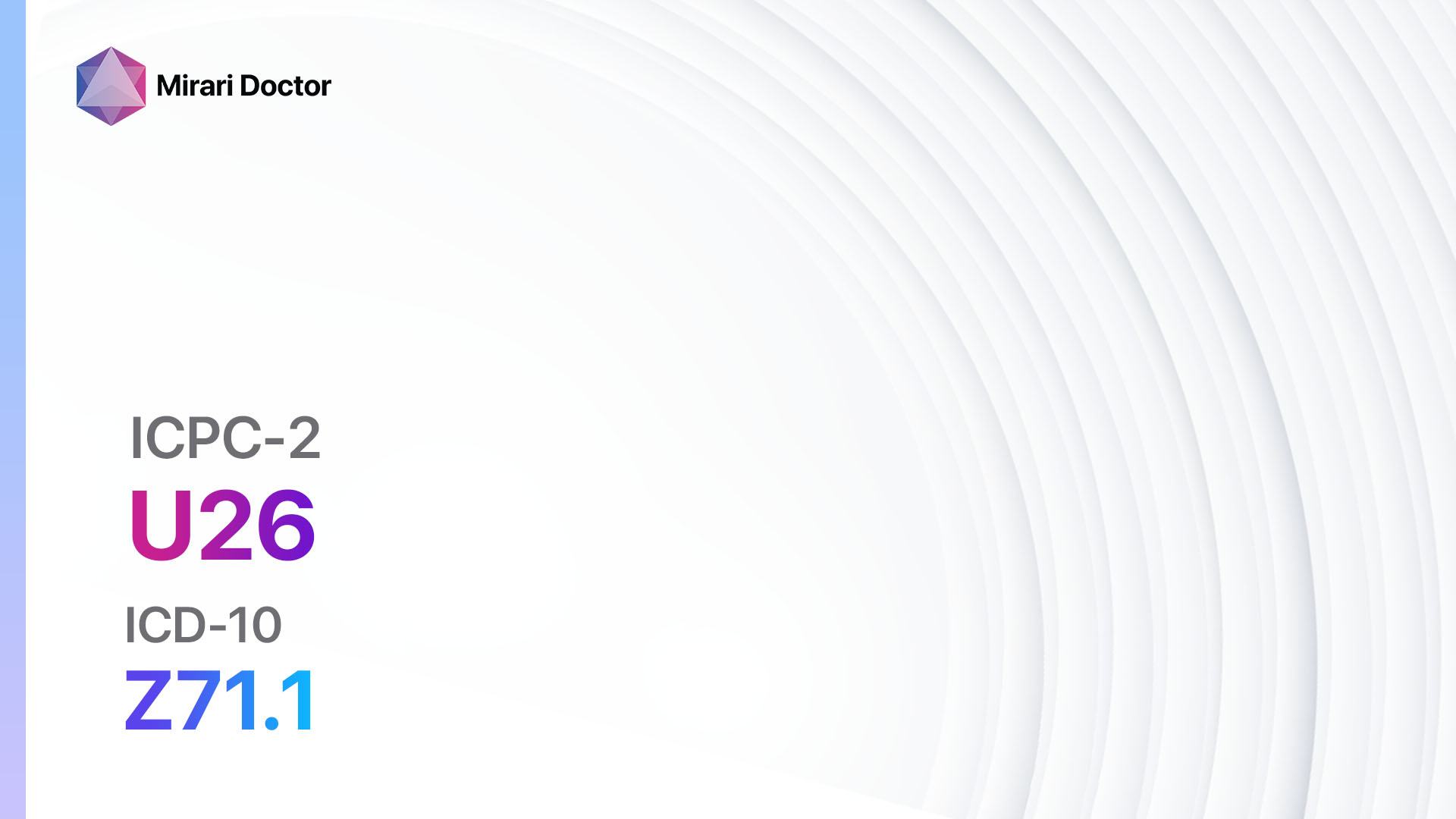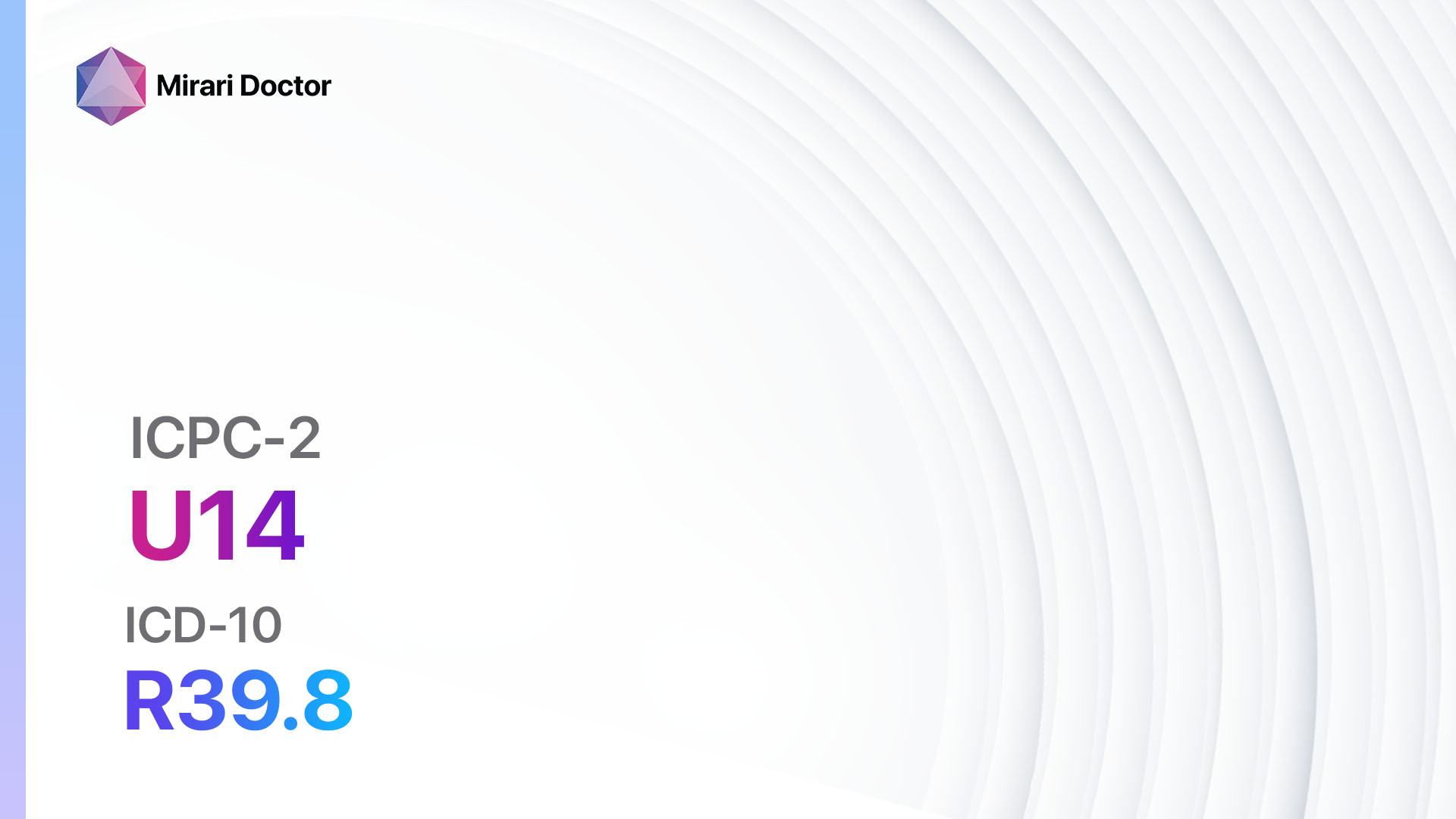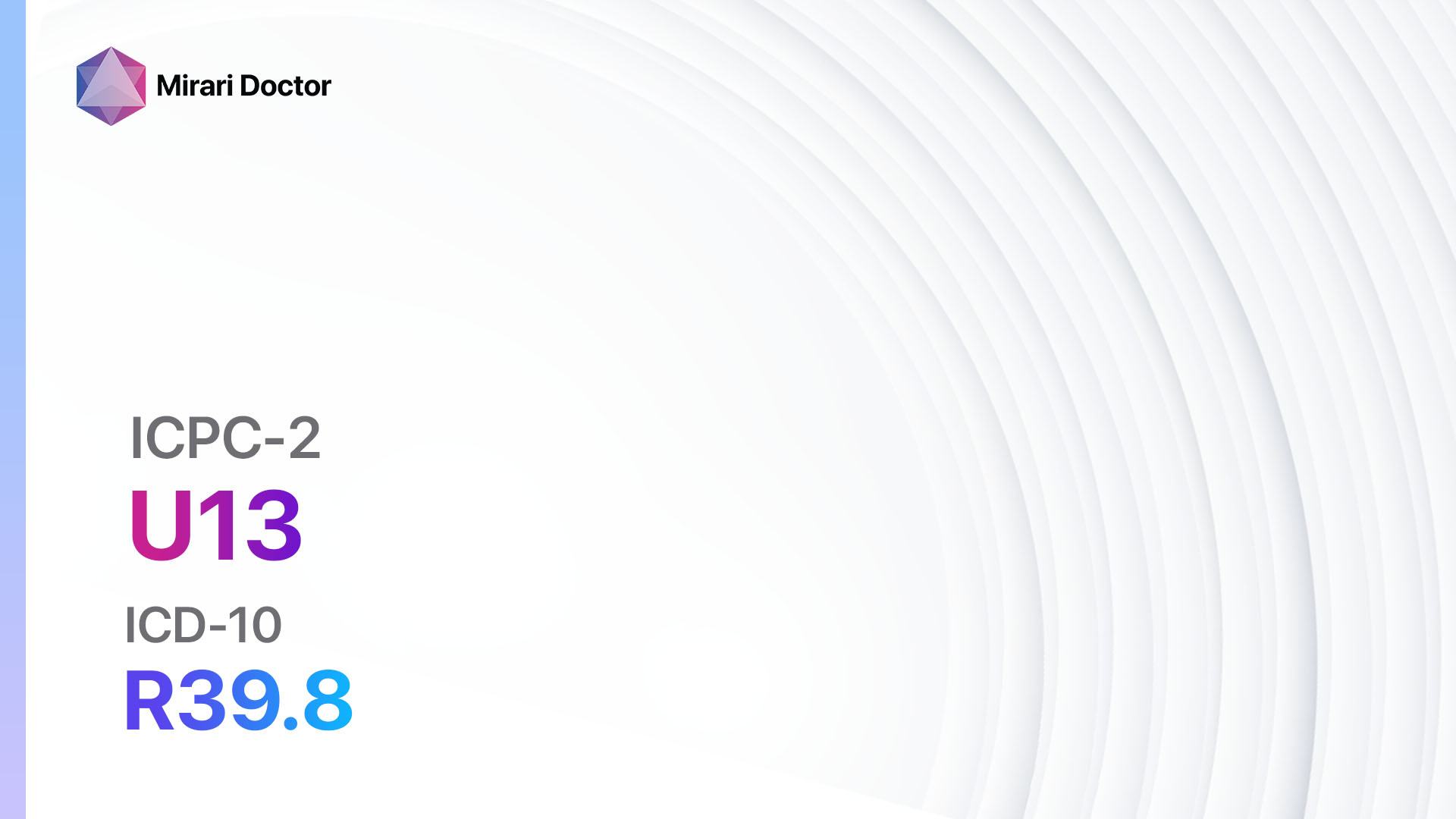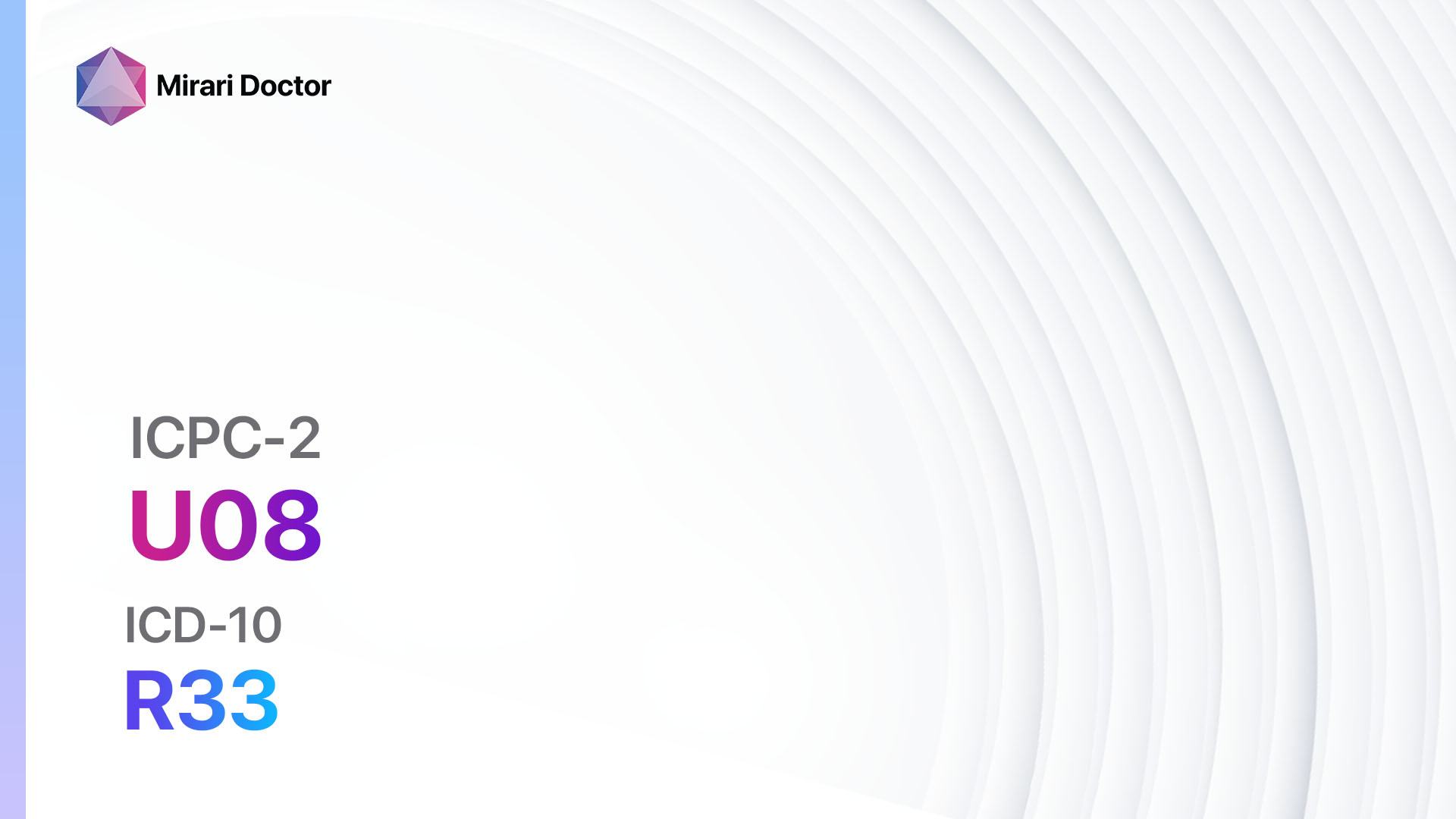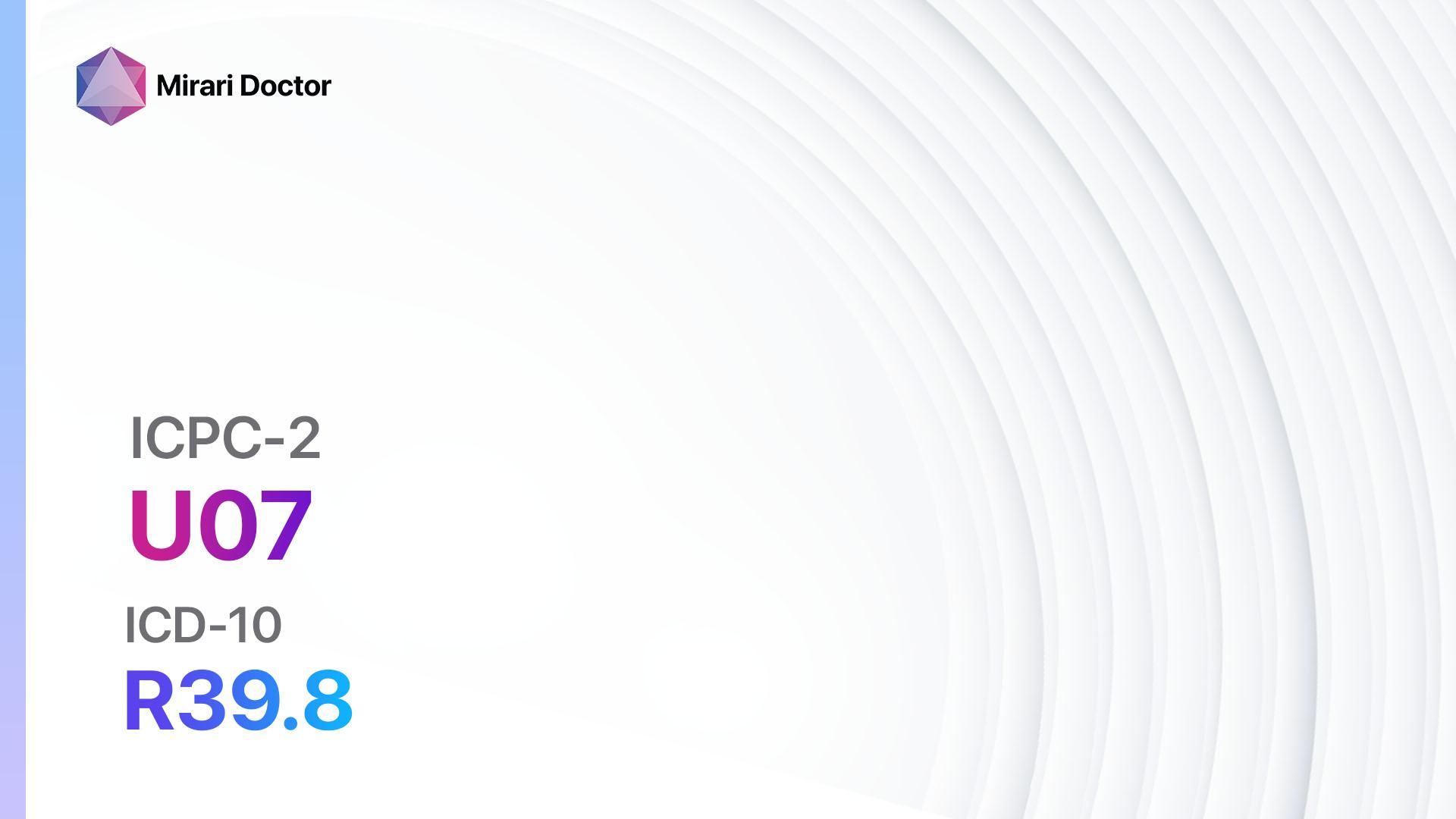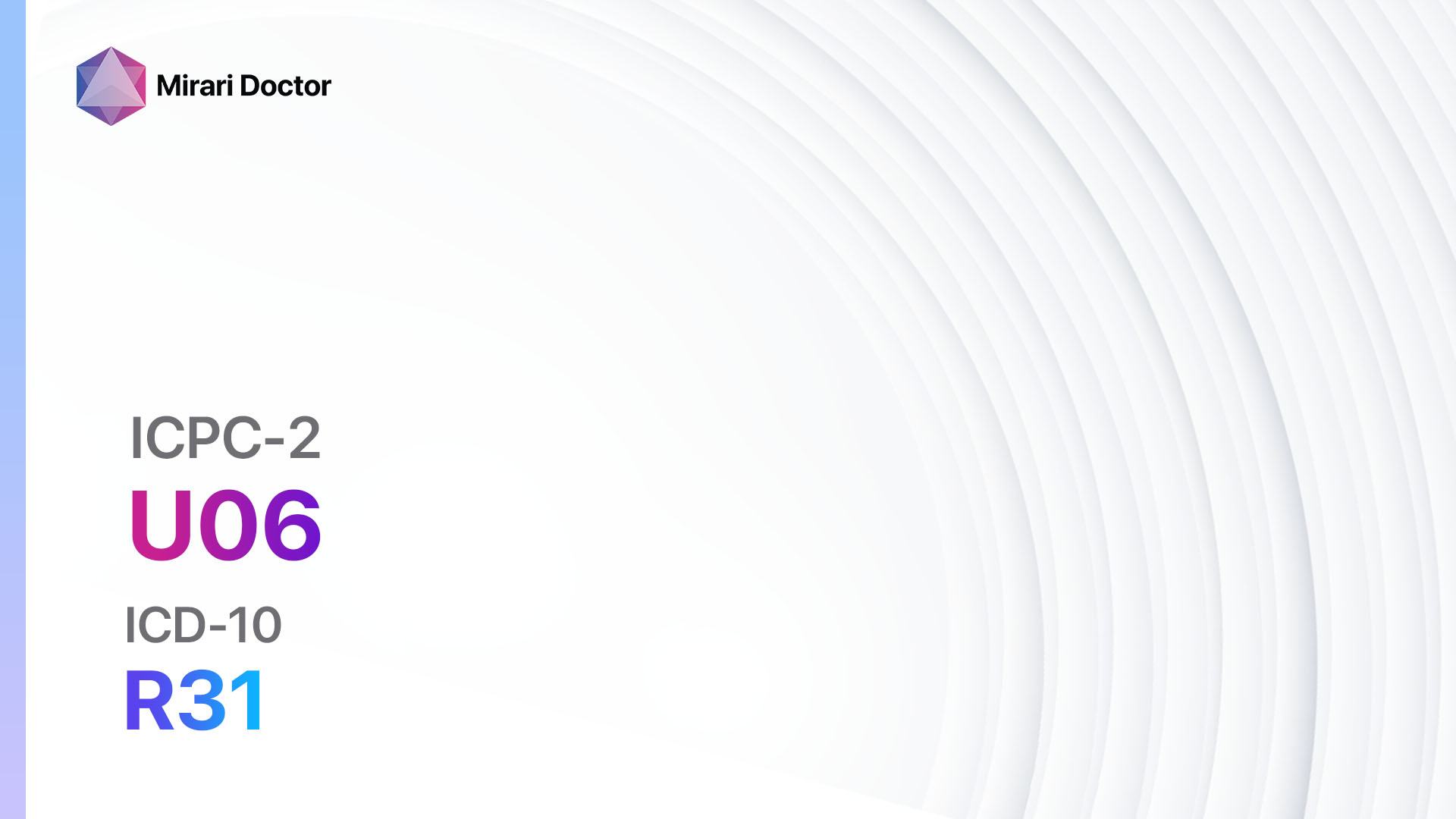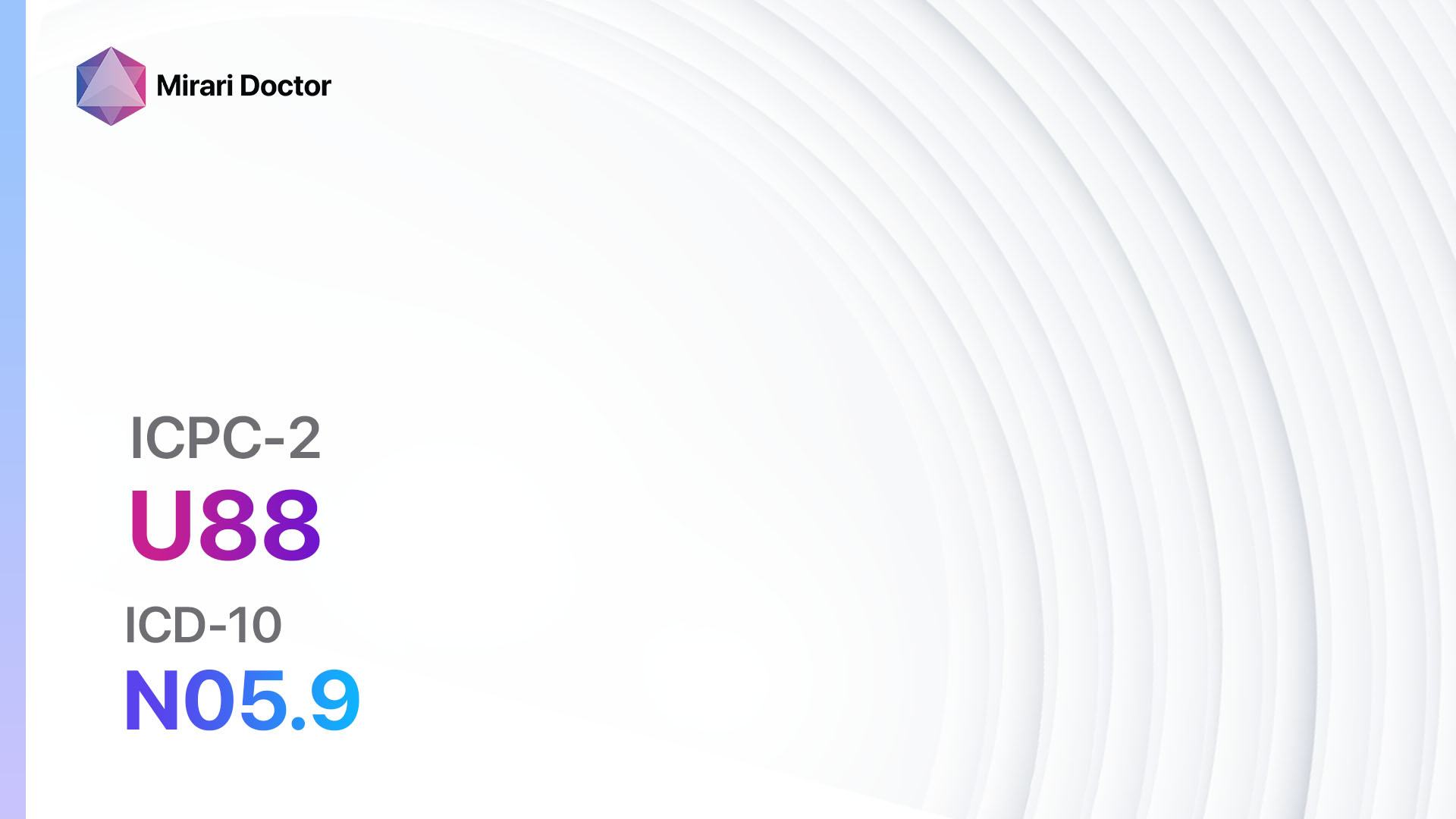
Introduction
Glomerulonephritis/nephrosis is a group of kidney diseases that involve inflammation of the glomeruli, which are the tiny filters in the kidneys responsible for removing waste and excess fluid from the blood. This condition can lead to kidney damage and impaired kidney function[1]. The aim of this guide is to provide a comprehensive overview of the symptoms, causes, diagnostic steps, possible interventions, and lifestyle interventions for glomerulonephritis/nephrosis.
Codes
Symptoms
- Hematuria: Blood in the urine, which may appear pink, red, or brown.
- Proteinuria: Excessive protein in the urine, which may cause foamy urine.
- Edema: Swelling in the hands, feet, ankles, or face.
- Hypertension: High blood pressure.
- Fatigue: Feeling tired or weak.
- Decreased urine output: Producing less urine than usual.
- Urinary tract infections: Recurrent infections in the urinary tract[3].
Causes
- Autoimmune disorders: Conditions such as lupus or vasculitis can cause inflammation in the kidneys.
- Infections: Bacterial or viral infections, such as strep throat or hepatitis, can lead to glomerulonephritis.
- Medications: Certain medications, such as nonsteroidal anti-inflammatory drugs (NSAIDs) or antibiotics, can cause kidney damage.
- Genetic factors: Some forms of glomerulonephritis/nephrosis are inherited[4].
Diagnostic Steps
Medical History
- Gather information about the patient’s symptoms, including the duration and severity.
- Identify any risk factors, such as a family history of kidney disease or autoimmune disorders.
- Determine if the patient has any underlying medical conditions, such as diabetes or hypertension, that may contribute to kidney damage[5].
Physical Examination
- Check for signs of edema, particularly in the hands, feet, ankles, or face.
- Measure blood pressure to assess for hypertension.
- Palpate the abdomen to check for kidney enlargement or tenderness[6].
Laboratory Tests
- Urinalysis: Assess for the presence of blood, protein, or other abnormalities in the urine.
- Blood tests: Measure kidney function, including blood urea nitrogen (BUN) and creatinine levels.
- Serum complement levels: Evaluate the activity of the immune system.
- Antinuclear antibody (ANA) test: Detect the presence of autoantibodies associated with autoimmune disorders[7].
Diagnostic Imaging
- Renal ultrasound: Use sound waves to create images of the kidneys and assess their size and structure.
- Kidney biopsy: Remove a small sample of kidney tissue for examination under a microscope to confirm the diagnosis and determine the specific type of glomerulonephritis[8].
Other Tests
- Computed tomography (CT) scan: Provide detailed images of the kidneys and surrounding structures.
- Magnetic resonance imaging (MRI): Use magnetic fields and radio waves to create detailed images of the kidneys.
- Immunofluorescence studies: Identify specific antibodies or immune complexes in kidney tissue[9].
Follow-up and Patient Education
- Schedule regular follow-up appointments to monitor kidney function and adjust treatment as needed.
- Educate the patient about the importance of adhering to medication regimens and lifestyle modifications to manage the condition effectively.
- Provide resources and support for managing symptoms and coping with the emotional impact of the disease[10].
Possible Interventions
Traditional Interventions
Medications:
Top 5 drugs for Glomerulonephritis/nephrosis:
- Corticosteroids (e.g., Prednisone):
- Cost: Generic versions can be $10-$50/month.
- Contraindications: Active infections, uncontrolled diabetes.
- Side effects: Weight gain, increased appetite, mood changes.
- Severe side effects: Osteoporosis, increased risk of infections.
- Drug interactions: Nonsteroidal anti-inflammatory drugs (NSAIDs), anticoagulants.
- Warning: Long-term use may require gradual tapering to avoid adrenal insufficiency.
- Immunosuppressants (e.g., Cyclophosphamide, Mycophenolate mofetil):
- Cost: Varies depending on the specific medication.
- Contraindications: Active infections, pregnancy.
- Side effects: Nausea, vomiting, increased risk of infections.
- Severe side effects: Bone marrow suppression, increased risk of malignancies.
- Drug interactions: Other immunosuppressants, certain antibiotics.
- Warning: Regular monitoring of blood counts and kidney function is required.
- Angiotensin-converting enzyme (ACE) inhibitors (e.g., Lisinopril, Enalapril):
- Cost: Generics can be $10-$50/month.
- Contraindications: History of angioedema with ACE inhibitors, pregnancy.
- Side effects: Dry cough, dizziness, elevated blood potassium levels.
- Severe side effects: Angioedema, kidney failure.
- Drug interactions: Potassium supplements, nonsteroidal anti-inflammatory drugs (NSAIDs).
- Warning: Monitoring of kidney function and potassium levels is required.
- Angiotensin receptor blockers (ARBs) (e.g., Losartan, Valsartan):
- Cost: Generics can be $10-$50/month.
- Contraindications: History of angioedema with ARBs, pregnancy.
- Side effects: Dizziness, headache, elevated blood potassium levels.
- Severe side effects: Kidney failure, liver problems.
- Drug interactions: Potassium supplements, nonsteroidal anti-inflammatory drugs (NSAIDs).
- Warning: Monitoring of kidney function and potassium levels is required.
- Diuretics (e.g., Furosemide, Hydrochlorothiazide):
- Cost: Generic versions can be $3-$20/month.
- Contraindications: Severe electrolyte imbalances, anuria.
- Side effects: Frequent urination, electrolyte imbalances.
- Severe side effects: Dehydration, low blood pressure.
- Drug interactions: Nonsteroidal anti-inflammatory drugs (NSAIDs), lithium.
- Warning: Regular monitoring of electrolyte levels is required.
Alternative Drugs:
- Mycophenolate mofetil: An alternative immunosuppressant to cyclophosphamide.
- Tacrolimus: Another immunosuppressant used in certain cases of glomerulonephritis.
- Rituximab: A monoclonal antibody that targets specific immune cells involved in glomerulonephritis.
- Anticoagulants: Used to prevent blood clots in certain cases of glomerulonephritis.
- Erythropoietin: Stimulates red blood cell production in cases of anemia associated with glomerulonephritis.
Surgical Procedures:
- Kidney transplant: In cases of end-stage kidney disease, a kidney transplant may be necessary. Cost: $100,000 to $300,000.
- Plasmapheresis: A procedure that removes harmful antibodies from the blood. Cost: $5,000 to $10,000 per session.
Alternative Interventions
- Acupuncture: May help reduce inflammation and improve overall well-being. Cost: $60-$120 per session.
- Herbal supplements: Some herbs, such as turmeric or ginger, may have anti-inflammatory properties. Cost: Varies depending on the specific supplement.
- Dietary modifications: A low-sodium diet may help manage edema and hypertension. Cost: Varies depending on food choices.
- Stress management techniques: Practices such as meditation or yoga may help reduce stress and improve overall health. Cost: Varies depending on the specific practice.
- Exercise: Regular physical activity can help improve cardiovascular health and overall well-being. Cost: Varies depending on the chosen activity.
Lifestyle Interventions
- Smoking cessation: Quitting smoking can help improve kidney function and overall health. Cost: Varies depending on the chosen method for quitting.
- Healthy diet: A diet rich in fruits, vegetables, whole grains, and lean proteins can support kidney health. Cost: Varies depending on food choices.
- Regular exercise: Engaging in regular physical activity can help improve cardiovascular health and overall well-being. Cost: Varies depending on the chosen activity.
- Stress management: Practices such as meditation, deep breathing exercises, or yoga can help reduce stress and improve overall health. Cost: Varies depending on the chosen practice.
- Limit alcohol consumption: Excessive alcohol intake can worsen kidney function. Cost: Varies depending on alcohol consumption habits.
It is important to note that the cost ranges provided are approximate and may vary depending on the location and availability of the interventions. It is recommended to consult with a healthcare professional for personalized treatment options and cost estimates.
Mirari Cold Plasma Alternative Intervention
Understanding Mirari Cold Plasma
- Safe and Non-Invasive Treatment: Mirari Cold Plasma is a safe and non-invasive treatment option for various skin conditions. It does not require incisions, minimizing the risk of scarring, bleeding, or tissue damage.
- Efficient Extraction of Foreign Bodies: Mirari Cold Plasma facilitates the removal of foreign bodies from the skin by degrading and dissociating organic matter, allowing easier access and extraction.
- Pain Reduction and Comfort: Mirari Cold Plasma has a local analgesic effect, providing pain relief during the treatment, making it more comfortable for the patient.
- Reduced Risk of Infection: Mirari Cold Plasma has antimicrobial properties, effectively killing bacteria and reducing the risk of infection.
- Accelerated Healing and Minimal Scarring: Mirari Cold Plasma stimulates wound healing and tissue regeneration, reducing healing time and minimizing the formation of scars.
Mirari Cold Plasma Prescription
Video instructions for using Mirari Cold Plasma Device – U88 Glomerulonephritis/nephrosis (ICD-10:N05.9)
| Mild | Moderate | Severe |
| Mode setting: 1 (Infection) Location: 0 (Localized) Morning: 15 minutes, Evening: 15 minutes |
Mode setting: 1 (Infection) Location: 0 (Localized) Morning: 30 minutes, Lunch: 30 minutes, Evening: 30 minutes |
Mode setting: 1 (Infection) Location: 0 (Localized) Morning: 30 minutes, Lunch: 30 minutes, Evening: 30 minutes |
| Mode setting: 6 (Liver/Kidney Therapy) Location: 2 (Prostate & Uterus) Morning: 15 minutes, Evening: 15 minutes |
Mode setting: 6 (Liver/Kidney Therapy) Location: 2 (Prostate & Uterus) Morning: 30 minutes, Lunch: 30 minutes, Evening: 30 minutes |
Mode setting: 6 (Liver/Kidney Therapy) Location: 2 (Prostate & Uterus) Morning: 30 minutes, Lunch: 30 minutes, Evening: 30 minutes |
| Mode setting: 6 (Liver/Kidney Therapy) Location: 3 (Kidney, Liver & Spleen) Morning: 15 minutes, Evening: 15 minutes |
Mode setting: 6 (Liver/Kidney Therapy) Location: 3 (Kidney, Liver & Spleen) Morning: 30 minutes, Lunch: 30 minutes, Evening: 30 minutes |
Mode setting: 6 (Liver/Kidney Therapy) Location: 3 (Kidney, Liver & Spleen) Morning: 30 minutes, Lunch: 30 minutes, Evening: 30 minutes |
| Mode setting: 7 (Immunotherapy) Location: 1 (Sacrum) Morning: 15 minutes, Evening: 15 minutes |
Mode setting: 7 (Immunotherapy) Location: 1 (Sacrum) Morning: 30 minutes, Lunch: 30 minutes, Evening: 30 minutes |
Mode setting: 7 (Immunotherapy) Location: 1 (Sacrum) Morning: 30 minutes, Lunch: 30 minutes, Evening: 30 minutes |
| Total Morning: 60 minutes approx. $10 USD, Evening: 60 minutes approx. $10 USD |
Total Morning: 120 minutes approx. $20 USD, Lunch: 120 minutes approx. $20 USD, Evening: 120 minutes approx. $20 USD, |
Total Morning: 120 minutes approx. $20 USD, Lunch: 120 minutes approx. $20 USD, Evening: 120 minutes approx. $20 USD, |
| Usual treatment for 7-60 days approx. $140 USD – $1200 USD | Usual treatment for 6-8 weeks approx. $2,520 USD – $3,360 USD |
Usual treatment for 3-6 months approx. $5,400 USD – $10,800 USD
|
 |
|
Use the Mirari Cold Plasma device to treat Glomerulonephritis/nephrosis effectively.
WARNING: MIRARI COLD PLASMA IS DESIGNED FOR THE HUMAN BODY WITHOUT ANY ARTIFICIAL OR THIRD PARTY PRODUCTS. USE OF OTHER PRODUCTS IN COMBINATION WITH MIRARI COLD PLASMA MAY CAUSE UNPREDICTABLE EFFECTS, HARM OR INJURY. PLEASE CONSULT A MEDICAL PROFESSIONAL BEFORE COMBINING ANY OTHER PRODUCTS WITH USE OF MIRARI.
Step 1: Cleanse the Skin
- Start by cleaning the affected area of the skin with a gentle cleanser or mild soap and water. Gently pat the area dry with a clean towel.
Step 2: Prepare the Mirari Cold Plasma device
- Ensure that the Mirari Cold Plasma device is fully charged or has fresh batteries as per the manufacturer’s instructions. Make sure the device is clean and in good working condition.
- Switch on the Mirari device using the power button or by following the specific instructions provided with the device.
- Some Mirari devices may have adjustable settings for intensity or treatment duration. Follow the manufacturer’s instructions to select the appropriate settings based on your needs and the recommended guidelines.
Step 3: Apply the Device
- Place the Mirari device in direct contact with the affected area of the skin. Gently glide or hold the device over the skin surface, ensuring even coverage of the area experiencing.
- Slowly move the Mirari device in a circular motion or follow a specific pattern as indicated in the user manual. This helps ensure thorough treatment coverage.
Step 4: Monitor and Assess:
- Keep track of your progress and evaluate the effectiveness of the Mirari device in managing your Glomerulonephritis/nephrosis. If you have any concerns or notice any adverse reactions, consult with your health care professional.
Note
This guide is for informational purposes only and should not replace the advice of a medical professional. Always consult with your healthcare provider or a qualified medical professional for personal advice, diagnosis, or treatment. Do not solely rely on the information presented here for decisions about your health. Use of this information is at your own risk. The authors of this guide, nor any associated entities or platforms, are not responsible for any potential adverse effects or outcomes based on the content.
Mirari Cold Plasma System Disclaimer
- Purpose: The Mirari Cold Plasma System is a Class 2 medical device designed for use by trained healthcare professionals. It is registered for use in Thailand and Vietnam. It is not intended for use outside of these locations.
- Informational Use: The content and information provided with the device are for educational and informational purposes only. They are not a substitute for professional medical advice or care.
- Variable Outcomes: While the device is approved for specific uses, individual outcomes can differ. We do not assert or guarantee specific medical outcomes.
- Consultation: Prior to utilizing the device or making decisions based on its content, it is essential to consult with a Certified Mirari Tele-Therapist and your medical healthcare provider regarding specific protocols.
- Liability: By using this device, users are acknowledging and accepting all potential risks. Neither the manufacturer nor the distributor will be held accountable for any adverse reactions, injuries, or damages stemming from its use.
- Geographical Availability: This device has received approval for designated purposes by the Thai and Vietnam FDA. As of now, outside of Thailand and Vietnam, the Mirari Cold Plasma System is not available for purchase or use.
References
- Floege J, Amann K. Primary glomerulonephritides. Lancet. 2016;387(10032):2036-2048.
- World Health Organization. International Statistical Classification of Diseases and Related Health Problems (ICD-10). 2019.
- Kidney Disease: Improving Global Outcomes (KDIGO) Glomerulonephritis Work Group. KDIGO Clinical Practice Guideline for Glomerulonephritis. Kidney Int Suppl. 2012;2:139-274.
- Vivante A, Hildebrandt F. Exploring the genetic basis of early-onset chronic kidney disease. Nat Rev Nephrol. 2016;12(3):133-146.
- Levey AS, Coresh J. Chronic kidney disease. Lancet. 2012;379(9811):165-180.
- Fogo AB, Lusco MA, Najafian B, Alpers CE. AJKD Atlas of Renal Pathology: Glomerulonephritis. Am J Kidney Dis. 2016;67(3):e1-e20.
- Sethi S, Fervenza FC. Standardized classification and reporting of glomerulonephritis. Nephrol Dial Transplant. 2019;34(2):193-199.
- Corwin HL, Schwartz MM, Lewis EJ. The importance of sample size in the interpretation of the renal biopsy. Am J Nephrol. 1988;8(2):85-89.
- Alchi B, Jayne D. Membranoproliferative glomerulonephritis. Pediatr Nephrol. 2010;25(8):1409-1418.
- Kidney Disease: Improving Global Outcomes (KDIGO) CKD Work Group. KDIGO 2012 Clinical Practice Guideline for the Evaluation and Management of Chronic Kidney Disease. Kidney Int Suppl. 2013;3:1-150.
Related articles
Made in USA


